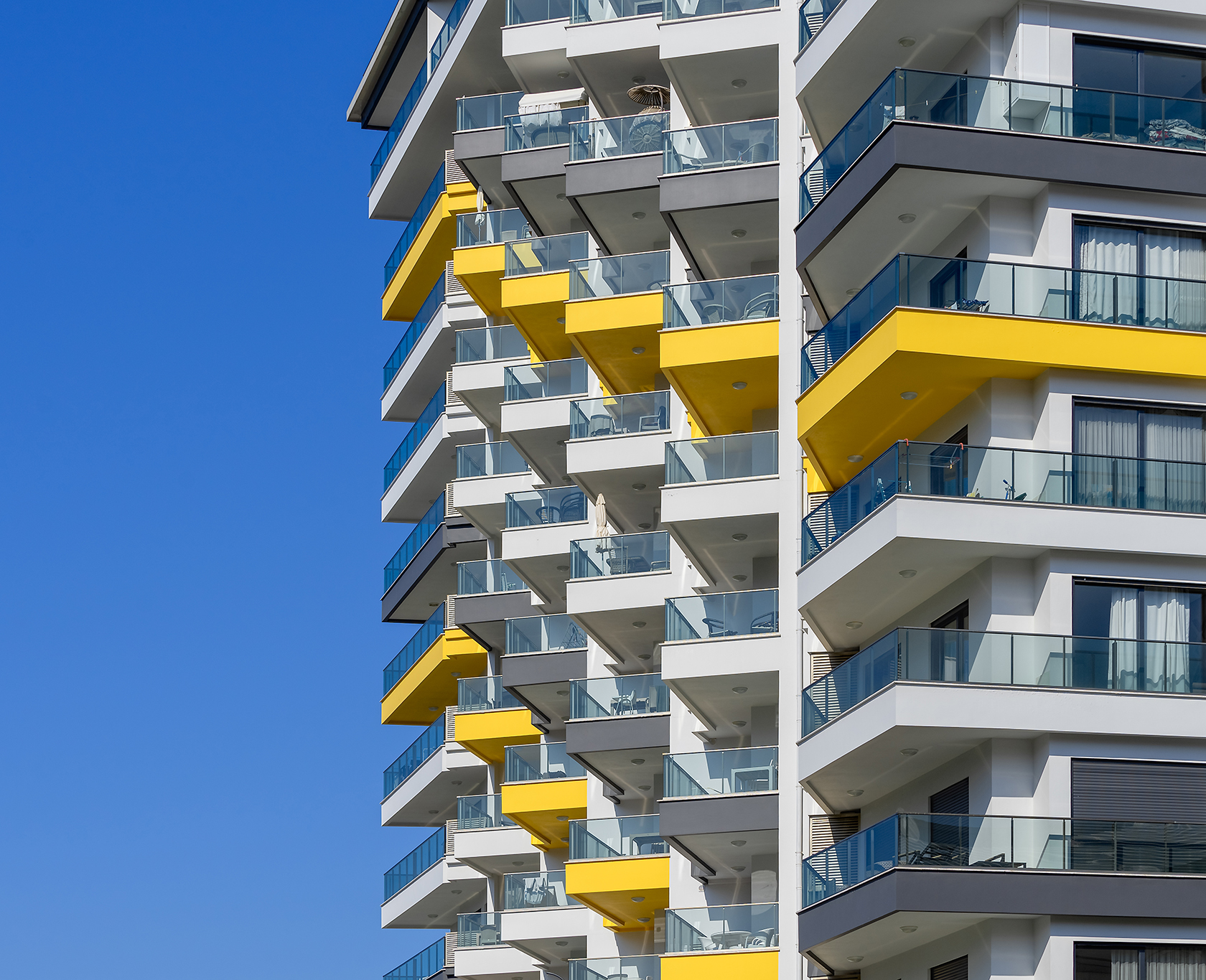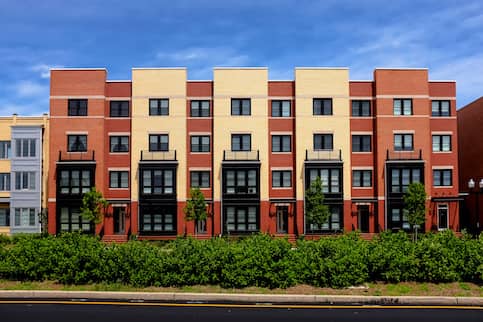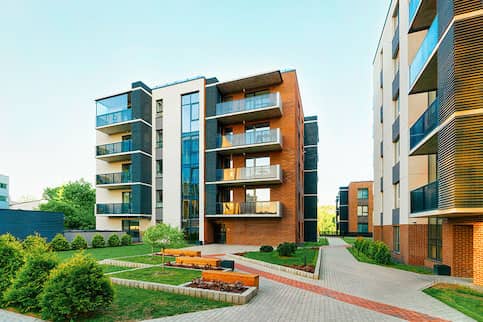How Condominium HOA Governs Shared Spaces and Boosts Community Consistency
The administration of common areas within a condominium association plays a pivotal duty in fostering community cohesion and maintaining residential or commercial property values. Via the facility of extensive guidelines, the Condominium HOA not just manages the use of common services however likewise advertises a culture of respect and liability among homeowners.
Duty of the HOA
The homeowners organization (HOA) functions as the controling body for condominium communities, playing an important duty in maintaining the building and advertising a cohesive living atmosphere. It is liable for imposing and passing neighborhood regulations and regulations, which are created to maintain the visual worth and capability of the common room. This governance ensures that all locals stick to a standardized collection of expectations, cultivating a feeling of unity among diverse home owners.
Furthermore, the HOA handles the monetary elements of the neighborhood, consisting of budgeting, gathering charges, and preserving typical locations. This financial oversight is crucial in making certain that essential maintenance and improvements are accomplished promptly, enhancing property worths gradually. The HOA additionally works as a liaison between homeowners and outside entities, such as city government and company, attending to communal concerns properly.
Furthermore, the HOA typically organizes neighborhood occasions and programs, urging neighborly interactions and building relationships among citizens. By facilitating open communication and attending to grievances, the HOA contributes to a harmonious living environment. Therefore, its multifaceted duty is crucial in making sure the smooth operation and general fulfillment within condo neighborhoods.
Policies for Shared Spaces
Efficient governance in condominium neighborhoods demands clear regulations for shared spaces, which are vital for preserving order and promoting a sense of area amongst locals. These policies function as standards that make certain everybody can take pleasure in typical locations, such as pools, yards, and recreational facilities, without dispute.

Furthermore, sanitation and upkeep requirements are essential, frequently specifying that locals must tidy up after themselves and report any type of damages to the property owners' association. By clearly interacting these expectations, the HOA can minimize misconceptions and motivate respect amongst residents.
Ultimately, well-defined guidelines for shared areas contribute to the overall quality of life in a condominium neighborhood, permitting residents to coexist in harmony while appreciating the amenities that boost their living experience. condo hoa.
Significance of Area Guidelines
Area standards play a considerable function in fostering a considerate and cohesive setting within condominium organizations. These standards develop clear expectations for residents, promoting a feeling of accountability and shared duty. By delineating acceptable actions and practices, community guidelines aid protect against misconceptions and disputes among residents.
Moreover, these guidelines function as a framework for preserving the aesthetic and practical stability of common areas. They guarantee that all locals follow requirements pertaining to residential property upkeep, noise degrees, and use of communal centers. This harmony not just boosts the visual charm of the community yet additionally adds to overall residential or commercial property values, benefiting all home owners.

Problem Resolution Techniques
Browsing problems within a condominium association requires a structured strategy to make sure reasonable and effective resolution. Efficient problem resolution approaches often begin with open interaction, encouraging citizens to voice problems in a respectful way. Developing a designated channel for grievances, such as an idea box or an on-line discussion forum, can facilitate this procedure.
Arbitration is another crucial strategy, in which a neutral 3rd party aids disputing locals get to a mutually agreeable option. This approach fosters cooperation and understanding, lessening hostility - condo hoa. The HOA board need to also develop clear procedures for resolving problems, guaranteeing all events recognize the steps involved
Routine conflict resolution training for board members can boost their ability to manage conflicts effectively. Using a well-defined framework, such as the "Interest-Based Relational Approach," aids concentrate discussions on interests instead of settings, promoting a solutions-oriented state of mind.
Advantages of Neighborhood Harmony
Cultivating neighborhood harmony within a condo organization brings many advantages that improve the overall living experience for homeowners. A harmonious area encourages partnership and teamwork among neighbors, causing a much more gracious ambience. When locals really feel connected and recognized, they are most likely to take part in public tasks and take part in decision-making processes, leading to a more powerful feeling of belonging.
Additionally, community harmony considerably reduces misunderstandings and problems, which can otherwise interrupt life. A calm setting lessens tension and advertises mental well-being, enabling homeowners to enjoy their homes completely. In addition, unified connections typically equate right into boosted property worths, as potential purchasers are drawn to areas characterized by security and cooperation.

Final Thought
In see this site summary, the duty of the Condominium HOA is critical in regulating common areas and cultivating neighborhood consistency. condo hoa. Through the facility of clear rules and area standards, residents are motivated to maintain a considerate and responsible environment. Effective dispute resolution techniques additionally boost communication and partnership among locals. Eventually, the efforts of the HOA contribute to a natural area, advertising both building worths and total resident satisfaction. The favorable influence of these campaigns is crucial for sustained public health.
Moreover, the HOA often organizes area events and programs, encouraging neighborly communications and developing relationships amongst locals. By marking acceptable behaviors and techniques, community guidelines assist prevent misunderstandings and disputes amongst homeowners.
Additionally, neighborhood guidelines help with effective interaction amongst locals and the Homeowners Association (HOA) With the establishment of clear rules and community standards, citizens are motivated to maintain a considerate and responsible environment. Eventually, the initiatives of the HOA contribute to a natural neighborhood, advertising both residential or commercial property worths and total a knockout post resident satisfaction.